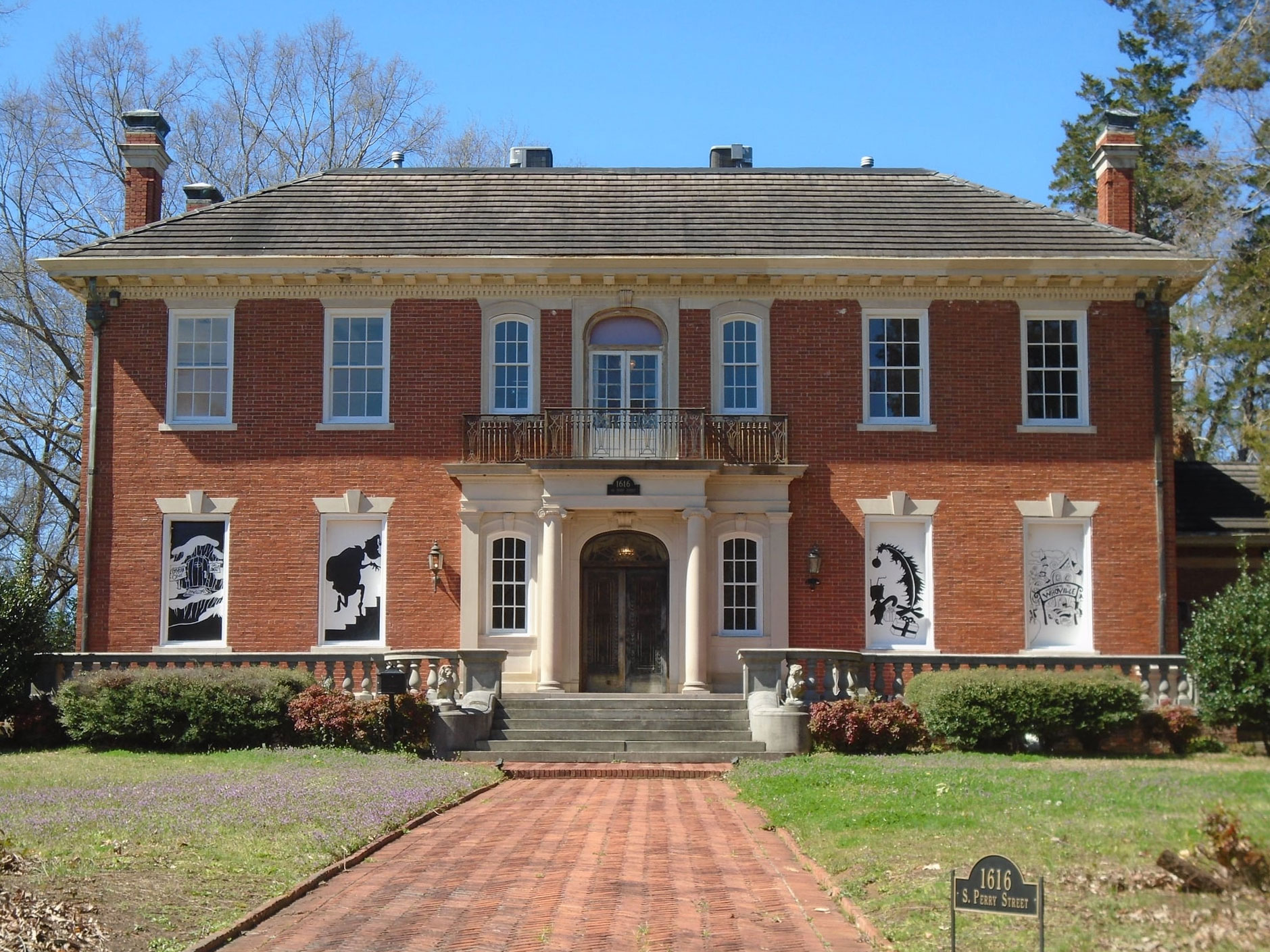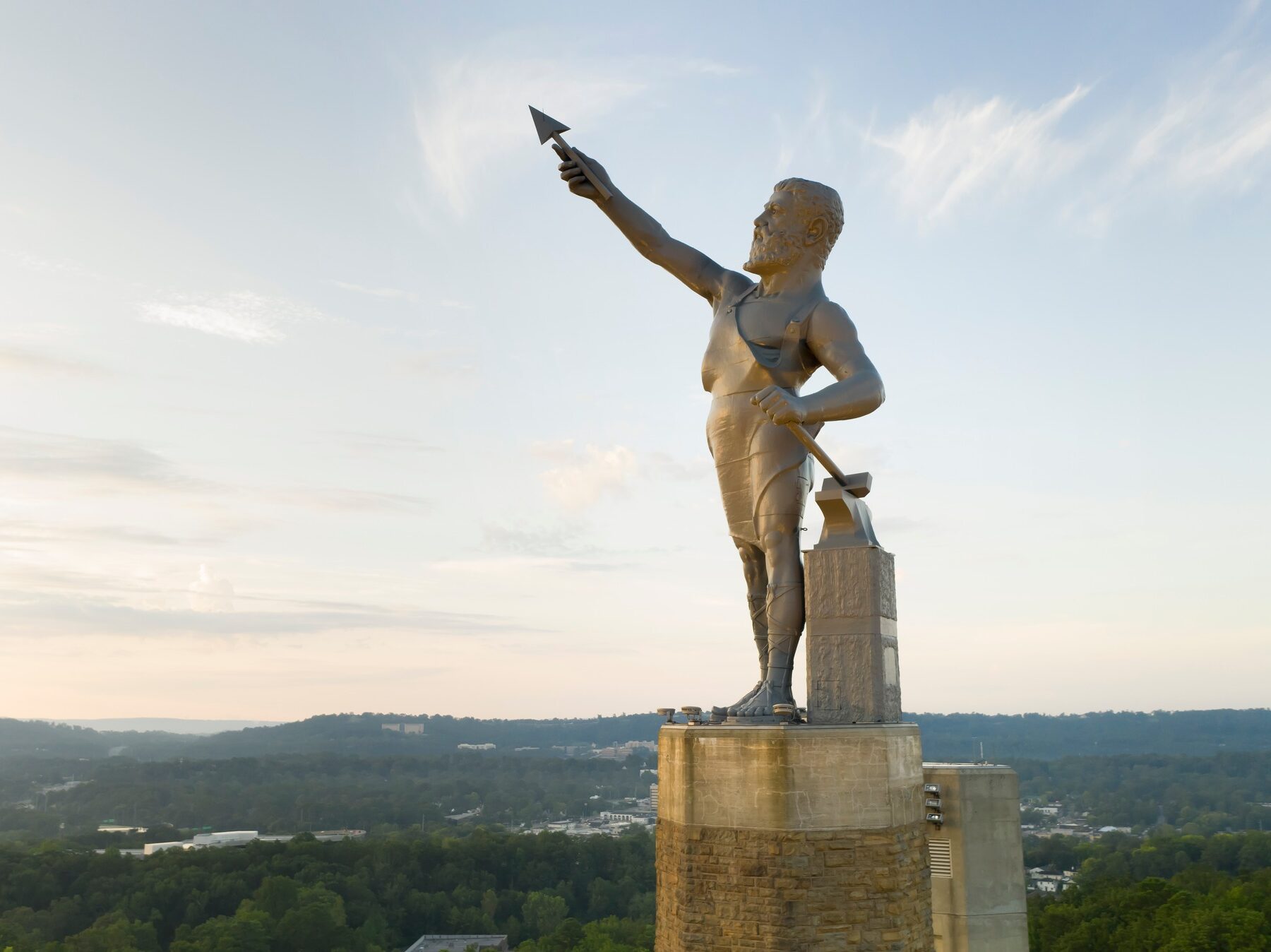[fusion_builder_container type=”flex” hundred_percent=”no” equal_height_columns=”no” menu_anchor=”” hide_on_mobile=”small-visibility,medium-visibility,large-visibility” class=”” id=”” background_color=”” background_image=”” background_position=”center center” background_repeat=”no-repeat” fade=”no” background_parallax=”none” parallax_speed=”0.3″ video_mp4=”” video_webm=”” video_ogv=”” video_url=”” video_aspect_ratio=”16:9″ video_loop=”yes” video_mute=”yes” overlay_color=”” video_preview_image=”” border_color=”” border_style=”solid” padding_top=”” padding_bottom=”” padding_left=”” padding_right=””][fusion_builder_row][fusion_builder_column type=”1_1″ layout=”1_1″ background_position=”left top” background_color=”” border_color=”” border_style=”solid” border_position=”all” spacing=”yes” background_image=”” background_repeat=”no-repeat” padding_top=”” padding_right=”” padding_bottom=”” padding_left=”” margin_top=”0px” margin_bottom=”0px” class=”” id=”” animation_type=”” animation_speed=”0.3″ animation_direction=”left” hide_on_mobile=”small-visibility,medium-visibility,large-visibility” center_content=”no” last=”true” min_height=”” hover_type=”none” link=”” border_sizes_top=”” border_sizes_bottom=”” border_sizes_left=”” border_sizes_right=”” first=”true”][fusion_text columns=”” column_min_width=”” column_spacing=”” rule_style=”default” rule_size=”” rule_color=”” content_alignment_medium=”” content_alignment_small=”” content_alignment=”” hide_on_mobile=”small-visibility,medium-visibility,large-visibility” sticky_display=”normal,sticky” class=”” id=”” margin_top=”” margin_right=”” margin_bottom=”” margin_left=”” font_size=”” fusion_font_family_text_font=”” fusion_font_variant_text_font=”” line_height=”2″ letter_spacing=”” text_color=”” animation_type=”” animation_direction=”left” animation_speed=”0.3″ animation_offset=””]
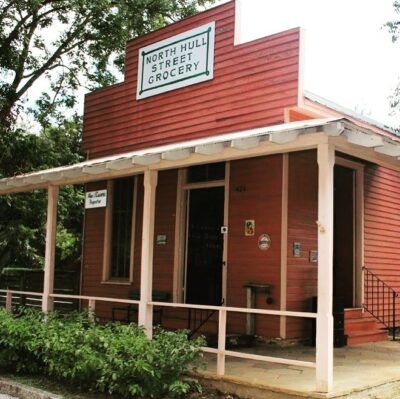 You don’t need a time machine to go back in time. In the heart of historic downtown Montgomery lies a microcosm of life in 19th century America. Old Alabama Town is a collection of more than 50 restored 19th and 20th century structures and buildings meant to replicate the architecture, history, and lifestyle of the time. The buildings of Old Alabama Town are spread across six downtown blocks and show off an array of styles from high-end townhouses to rural pioneer cabins.
You don’t need a time machine to go back in time. In the heart of historic downtown Montgomery lies a microcosm of life in 19th century America. Old Alabama Town is a collection of more than 50 restored 19th and 20th century structures and buildings meant to replicate the architecture, history, and lifestyle of the time. The buildings of Old Alabama Town are spread across six downtown blocks and show off an array of styles from high-end townhouses to rural pioneer cabins.
Sponsored by the Landmarks Foundation of Montgomery, with funding from the Alabama Department of Tourism, Old Alabama Town is open Mondays through Fridays from 9 a.m. to 4 p.m. and on the second Saturday of each month. Tickets are $20 for adults and $8 for children over 5; both include a tour of the Ordeman-Mitchell-Shaw Townhouse at 11 a.m., noon, 1 p.m., and 2 p.m. daily. Old Alabama Town also hosts group tours and field trips.
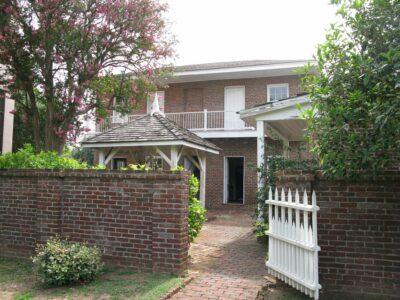 The self-guided tour can last anywhere from a few hours to an entire day, depending on how much time you spend in each structure. Before you go, check out the following overview of Old Alabama Town’s three separate tour experiences.
The self-guided tour can last anywhere from a few hours to an entire day, depending on how much time you spend in each structure. Before you go, check out the following overview of Old Alabama Town’s three separate tour experiences.
All Old Alabama Town visits start at the Loeb Reception Center, where you can purchase tickets, buy souvenirs in the museum store, and take in the Alabama Timeline interpretive mural that shows each of the buildings and structures in the context of Alabama and regional history beginning from when pioneers first ventured into Alabama territory.
Living Block
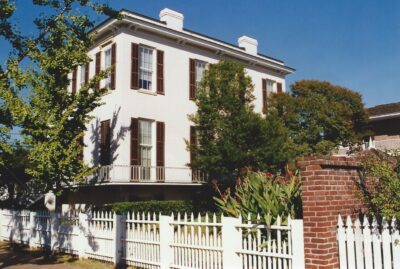
The Ordeman-Mitchell-Shaw Townhouse (Old Alabama Town/LMF/Facebook)
The Living Block tour tells the story of how people lived in the 19th century, with glimpses into different styles of residences, as well as community buildings like churches, schools, and more. The tour starts at Lucas Tavern, an 1818 structure and the oldest Old Alabama Town building that was a popular overnight spot for travelers hoping to settle in the area after the Battle of Horseshoe Bend in 1814. In addition, the Living Block also includes a dogtrot-style home; Grange Hall, a residence, library, and community meeting place; the Carriage House, an Italianate mansion built in the 1850s; a doctor’s office; a shotgun home; pole barn; log cabin; grocery store; church; schoolhouse; and the historic Ordeman-Mitchell-Shaw Townhouse.
Working Block
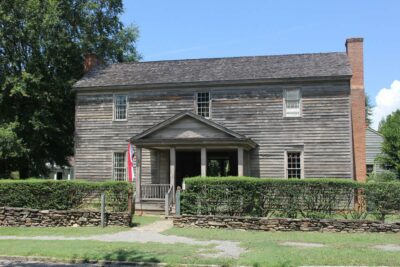
(Old Alabama Town/LMF/Facebook)
The Working Block focuses on how people worked, labored, and produced in central Alabama during the 19th and early 20th century. In addition to workspaces in urban and rural areas, you’ll also see authentic tools and machines used to produce various goods and services. The Working Block starts with the circa-1850s Rose-Morris House, then continues to the 1872 Clanton Kitchen. Other buildings include several structures from the 1890s including a blacksmith shop with an authentic forge, a dressmaker’s and millinery shop, a cotton gin, gristmill, print shop, drugstore, and more.
Along the Street
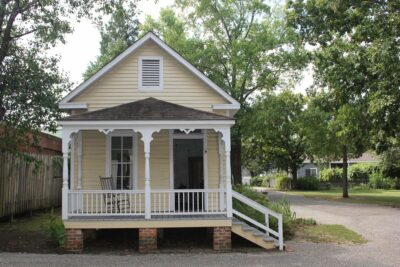
(Old Alabama Town/LMF/Facebook)
Take a walk through history along North Hull Street. The design of the street, as well as the homes, buildings, and landscaping along it, are designed to transport visitors to another era. Shaffer Garden memorializes individuals who helped with the development of Old Alabama Town. It also features a replicated well and native plants from the time period. Several historic homes, from grand estates to quaint cottages, line the streets with pristine lawns and Southern charm around every corner.
[/fusion_text][/fusion_builder_column][/fusion_builder_row][/fusion_builder_container]
